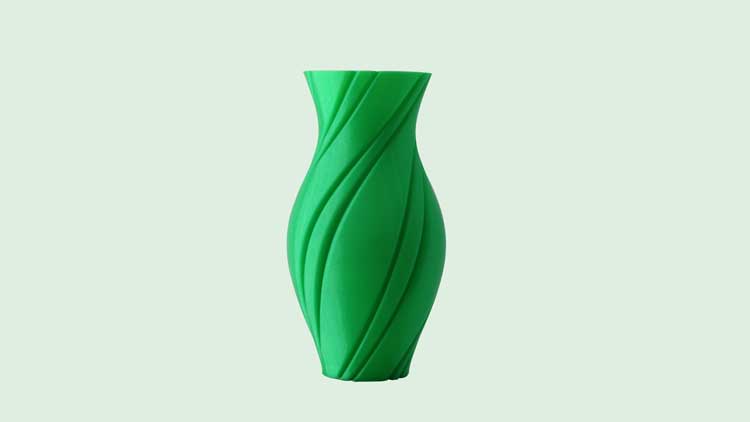
Three of the most popular 3D printing materials are nylon, PLA, and ABS. All are capable of being extruded on entry-level desktop 3D printers, and at about $20 per spool, they are some of the most cost-effective filaments on the market right now. The PLA vs. ABS argument receives the majority of attention, while Nylon is an important third participant with distinct material characteristics.
Thermoplastics include both PLA and ABS. Although PLA is stiffer and tougher than ABS, it has low heat resistance, making it mostly a hobbyist material. ABS is a better plastic for prototype applications since it is less stiff and weaker but also harder and lighter.
In comparison to ABS and nylon, PLA is a more user-friendly thermoplastic with greater strength and stiffness. PLA is one of the materials that 3D printers may successfully use the most since it has a low melting point and less distortion. Unfortunately, its low melting point also means that at temperatures exceeding 50 degrees Celsius, it practically loses all stiffness and strength. PLA is also brittle, which results in components with poor durability and impact resistance.
Despite being the toughest of these three polymers, PLA is virtually solely used in hobbyist applications due to its low chemical and heat resistance.PLA is a wonderful thermoplastic for beginners because of its inexpensive cost and overall ease of printing. However, filled nylons offer the improved material qualities required to resist production settings if you’re trying to start 3D printing for industrial use cases.
